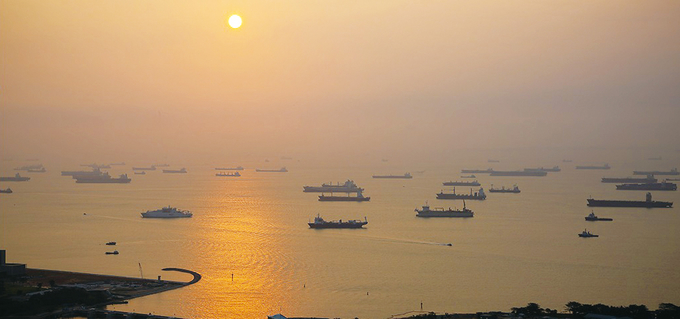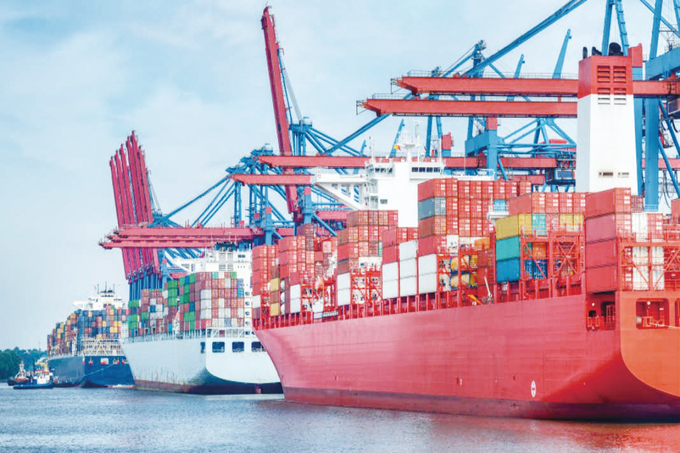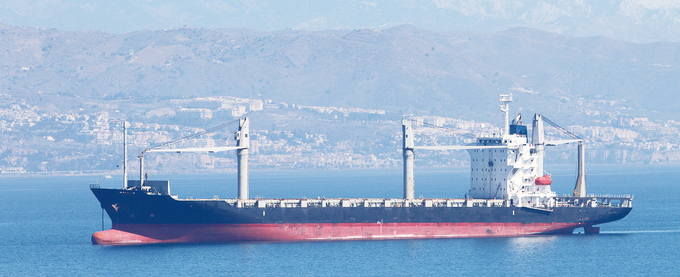
The recent decisions by several carrier alliances to suspend two transpacific loops at the start of the peak season (rather than at the end of it) was one of the first signals that something exceptional was starting to happen in the market.
Drewry’s proprietary data can confirm that increased idling of boxships has happened on a larger scale. We found that over 300 containerships (with a combined capacity of over 800,000 TEU) were idle in early July, supposedly the start of the Asian export peak season. In July of the two previous years, less than a quarter of this capacity was idled.
This unusual market development can be explained by several factors. Drewry market sources indicate that the peak season in the transpacific is rather weak; a combination of low freight rates and muted demand must have played a part in the unusual decision of carriers to lay up ships in July. We also speculate that carriers are trying not only to park unused capacity but also to bring spot rates back up by increasing load factors on remaining active ships.

The G6 alliance has stopped the CC1 transpacific service, which resulted in 5 of its 6 vessels of about 6,600 TEU becoming idle (the 6th ship was redeployed into another service). The Ocean 3 alliance has suspended its ‘Manhattan Bridge’ from the second week of July; 9 ships of about 4,000 TEU became idle as a result.
Close analysis of the fleet shows only 5 very large idle ships (13,000 TEU); 4 of these are chartered by financially-challenged Hyundai, although most have just been redeployed on an Asia-Med service.
As deliveries of new ships continue, carriers are starting to run out of options in how to deploy even their largest ships in today’s over-supplied market.
As expected, an increasing number of Panamax ships (with capacities of about 4,500-5,000teu) are now idle, following the opening of the expanded Panama Canal (see previous Drewry analyses on this).
Perhaps more surprisingly, even the quieter, smaller ship segment (< 3,000 TEU) is seeing a trend towards inactivity. Until recently, it was felt that few smaller ships were being ordered and delivered into the market, reducing the risk of over-capacity in this segment. But we now note that there has now been no increase in the small-ship global capacity requirement. The intense competition and over-capacity of the intra-Asia market, where a high proportion of smaller vessels are employed, explain part of this change.
In the past two years, the active fleet (net of idle capacity) for ships of less than 3,000 TEU and for 3,000-5,000 TEU has decreased in absolute TEU capacity. Only the active fleet of the 8,000+ TEU ships has increased.
As a percentage of the global fleet, the idle fleet this peak season represents about 4%, despite the increase in demolitions, up from just 1% this time last year. This does not bode well for asset utilisation during the slow season.

The Drewry View
Growing over-capacity means that the increase in the idle fleet now happens across all ship sizes and apparently in all seasons. It is likely that some of the newly idled ships will be sold for demolition, particularly the older Panamax vessels.
(Source : www.porttechnology.org)

















